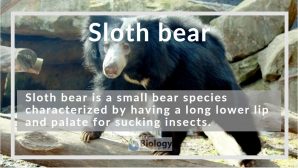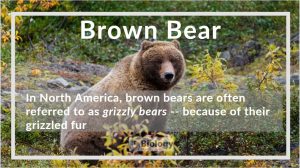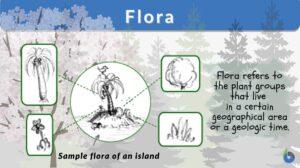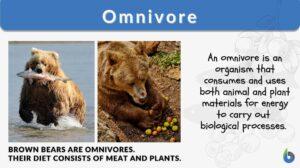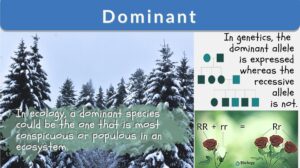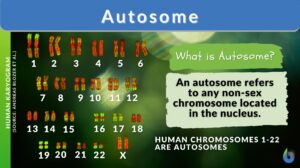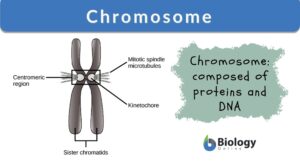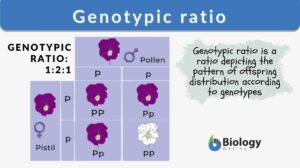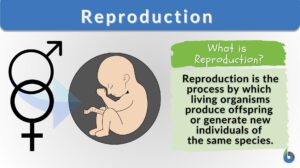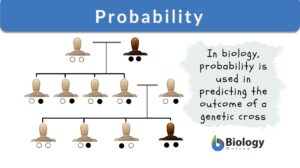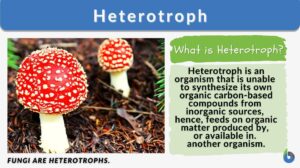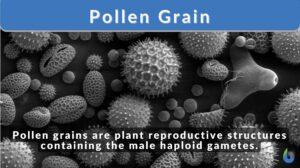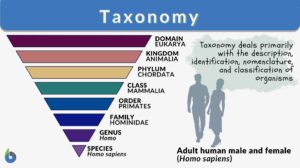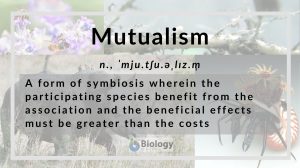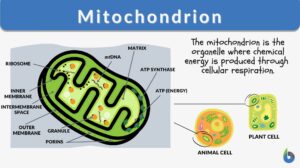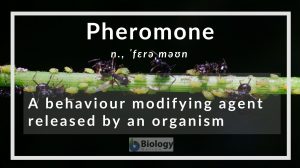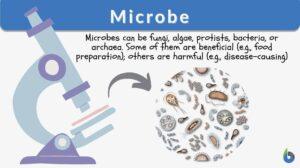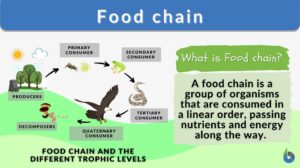Search Results for: bear
sloth bear
Sloth Bear Definition The sloth bear (Melursus ursinus) is a small bear species characterized by having a long lower lip... Read More
Brown bear
Brown Bear Definition The brown bear (Ursus arctos) is a large bear species. In North America, brown bears are often... Read More
giant panda
Giant Panda Definition The giant panda (Ailuropoda melanoleuca) is a bear species that has a round head, a stocky body with... Read More
Muscular system
Muscular System Definition What is the muscular system? The muscular system is a system that includes muscle cells and... Read More
Chromosome
Chromosomes Definition Chromosomes are thread-like structures present in the nucleus of plant and animal cells. Chromosomes... Read More
Genotypic ratio
Genotypic Ratio Definition To understand 'Genotypic ratio', let us first understand the terms: 'Genotype' and 'Phenotype'.... Read More
Reproduction
Reproduction Definition Reproduction is a biological phenomenon of producing offspring/s. i.e. more of its kind. Depending... Read More
Homogametic
Definition adjective Having or producing gametes that possess one type of sex chromosome Supplement In humans, females are... Read More
Elastic cartilage
The cartilage is a connective tissue characterized by having an extracellular matrix that is abundant in chondroitin sulfate... Read More
Lights’ Effect on Growth
Plants are the primary producers of energy in any ecosystem, meaning that they bring in new energy to it which supports... Read More
Angiosperm
Angiosperms Definition What is an angiosperm? An angiosperm is a plant that produces flowers. The angiosperms, also... Read More
Probability
Probability Definition How do you define probability? In science, probability is a measurement tool that calculates the... Read More
Fibrocartilage
What Is Fibrocartilage? Fibrocartilage is the strongest transitional connective tissue made up of collagen fibers and... Read More
Heterotroph
Heterotroph Definition What is a heterotroph? Does a heterotroph make its own food? In biology and ecology, a heterotroph... Read More
Pollen Grain
What are Pollen Grains? Plants are unique structures and so they carry out mechanisms in special ways. Fertilization in... Read More
Mitochondrion
Mitochondrion Definition What are mitochondria? The term “mitochondrion” comes from the two words of the Greek... Read More
Y-linked gene
Definition noun, plural: Y-linked genes A gene located on the Y chromosome Supplement Y chromosome is the male chromosome of... Read More
Genomic imprinting
Definition noun A phenomenon in which the phenotype of the offspring depends on the source of the chromosome containing the... Read More
Heterozygote
Definition noun, plural: heterozygotes A nucleus, cell or organism possessing two different alleles for a particular... Read More
Nervous System
THE is the most complicated and highly organized of the various systems which make up the human body. It is the... Read More
Food chain
Everything is a cycle in life. The way organisms consume their food also follows a cycle. This is usually described as the... Read More
Afferent neuron
Definition noun, plural: afferent neurons A type of neuron that detects stimulus from the periphery and relays nerve... Read More

